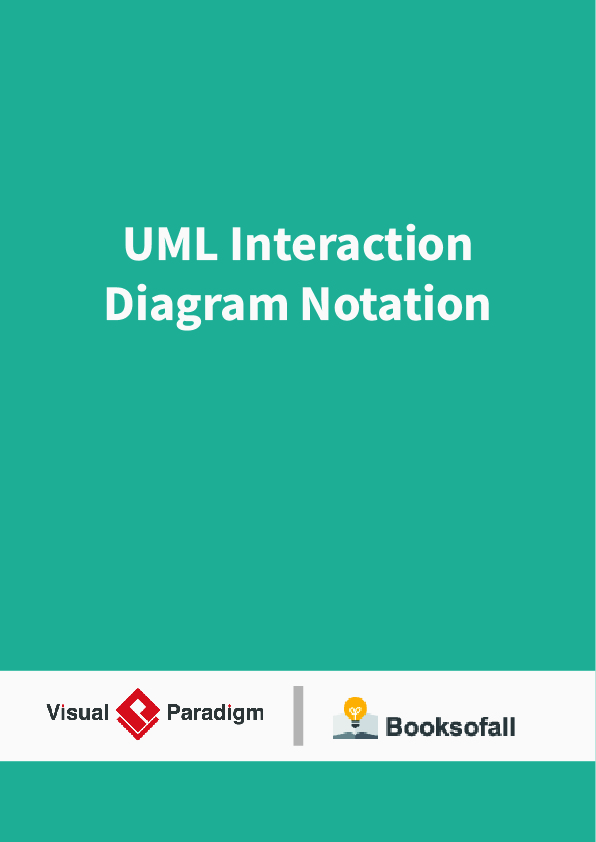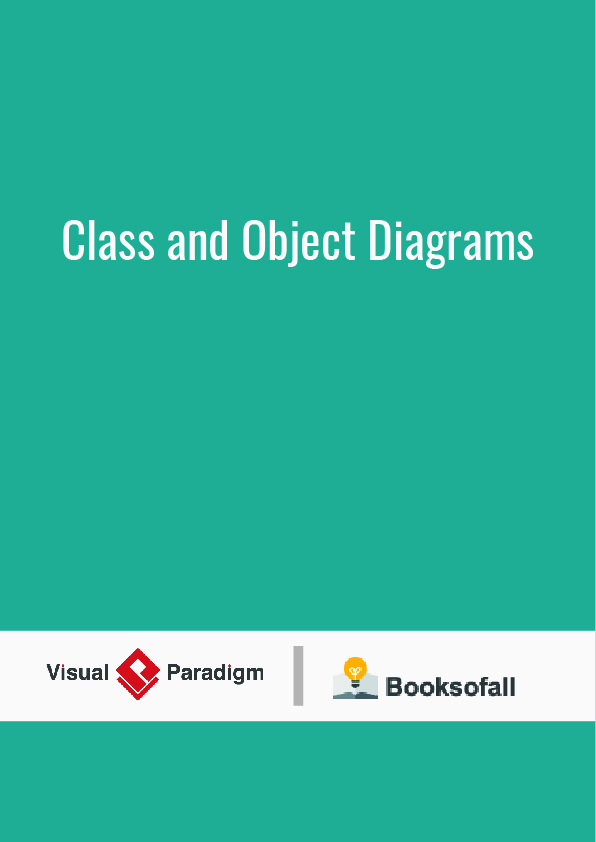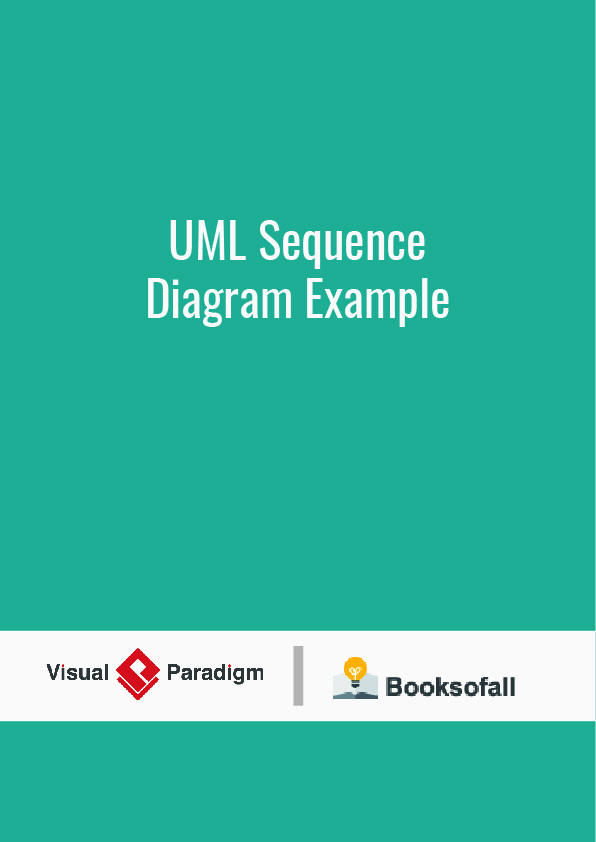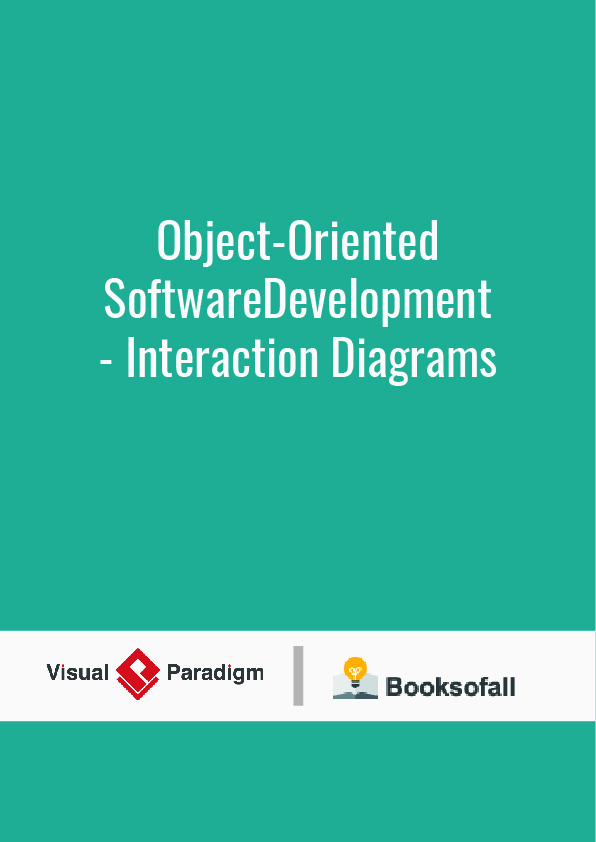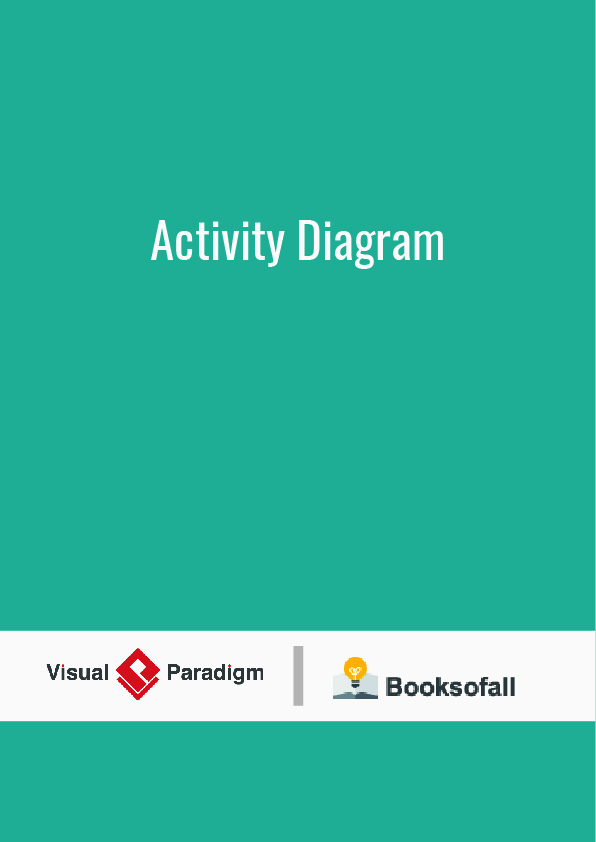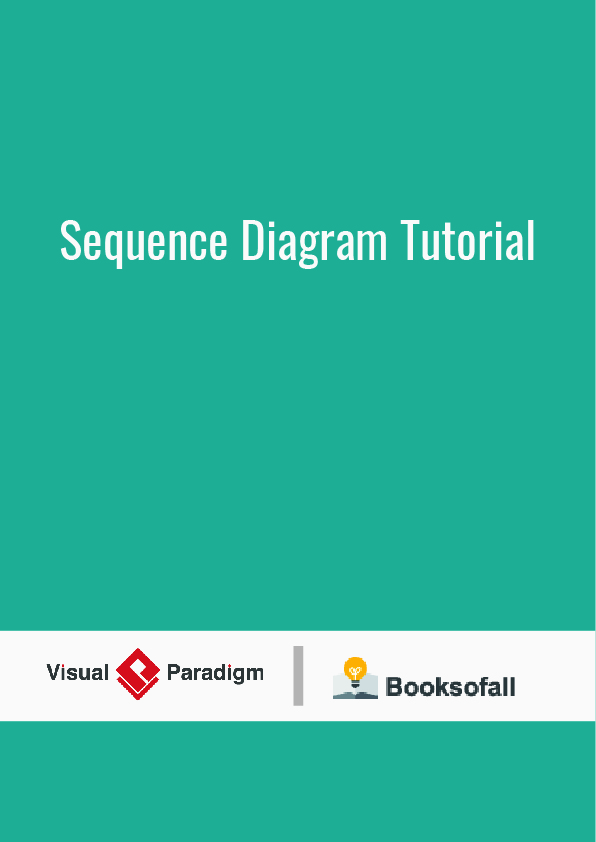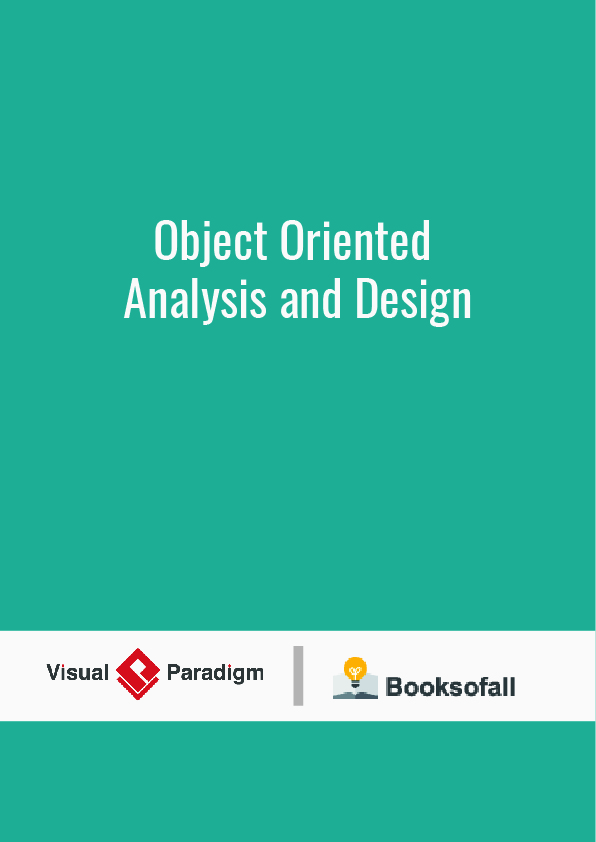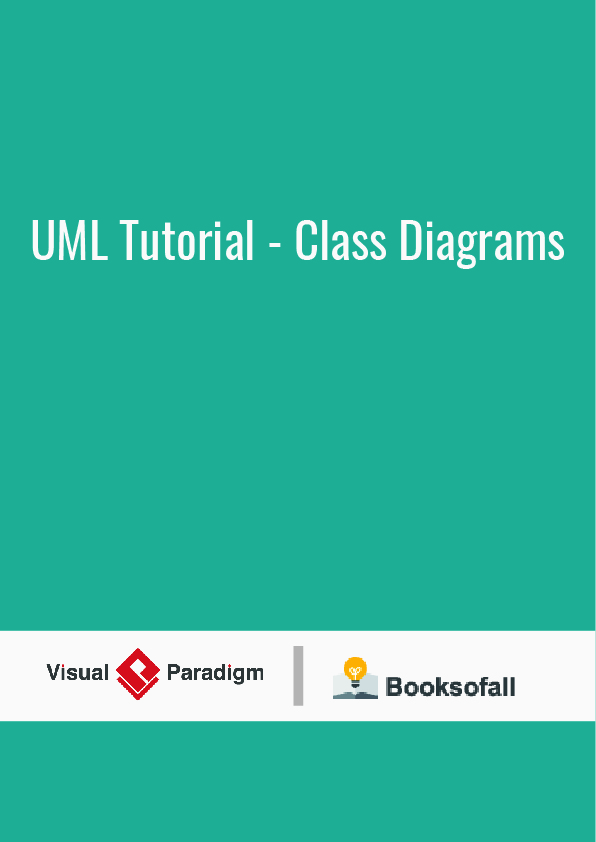Introduction
The following chapters explore object design. The language used to illustrate the designs is primarily interaction diagrams. Thus, it is advisable to at least skim the examples in this chapter and get familiar with the notation before moving on.
The UML includes interaction diagrams to illustrate how objects interact via messages. This chapter introduces the notation, while subsequent chapters focus on using them in the context of learning and doing object design for the NextGen POS case study.
Read the Following Chapters for Design Guidelines
This chapter introduces notation. To create well-designed objects, design principles must also be understood. After acquiring some familiarity with the notation of interaction diagrams, it is important to study the following chapters on these principles and how to apply them while drawing interaction diagrams.
Sequence and Collaboration Diagrams
The term interaction diagram, is a generalization of two more specialized UML diagram types; both can be used to express similar message interactions:
- collaboration diagrams
- sequence diagrams
Throughout the book, both types will be used, to emphasize the flexibility in choice.
Sequence diagram
A sequence diagram or system sequence diagram (SSD) shows process interactions arranged in time sequence in the field of software engineering. It depicts the processes involved and the sequence of messages exchanged between the processes needed to carry out the functionality. Sequence diagrams are typically associated with use case realizations in the 4+1 architectural view model of the system under development. Sequence diagrams are sometimes called event diagrams or event scenarios.
For a particular scenario of a use case, the diagrams show the events that external actors generate, their order, and possible inter-system events. All systems are treated as a black box; the diagram places emphasis on events that cross the system boundary from actors to systems. A system sequence diagram should be done for the main success scenario of the use case, and frequent or complex alternative scenarios.
Key elements
A sequence diagram shows, as parallel vertical lines (lifelines), different processes or objects that live simultaneously, and, as horizontal arrows, the messages exchanged between them, in the order in which they occur. This allows the specification of simple runtime scenarios in a graphical manner.
A system sequence diagram should specify and show the following:
- External actors
- Messages (methods) invoked by these actors
- Return values (if any) associated with previous messages
- Indication of any loops or iteration area
Communication diagram
A communication diagram in the Unified Modeling Language (UML) 2.0, is a simplified version of the UML 1.x collaboration diagram.
UML has four types of interaction diagrams:
- Sequence diagram
- Communication diagram
- Interaction overview diagram
- Timing diagram
A Communication diagram models the interactions between objects or parts in terms of sequenced messages. Communication diagrams represent a combination of information taken from Class, Sequence, and Use Case Diagrams describing both the static structure and dynamic behavior of a system.
However, communication diagrams use the free-form arrangement of objects and links as used in Object diagrams. In order to maintain the ordering of messages in such a free-form diagram, messages are labeled with a chronological number and placed near the link the message is sent over. Reading a communication diagram involves starting at message 1.0, and following the messages from object to object.
Communication diagrams show much of the same information as sequence diagrams, but because of how the information is presented, some of it is easier to find in one diagram than the other. Communication diagrams show which elements each one interacts with better, but sequence diagrams show the order in which the interactions take place more clearly.
